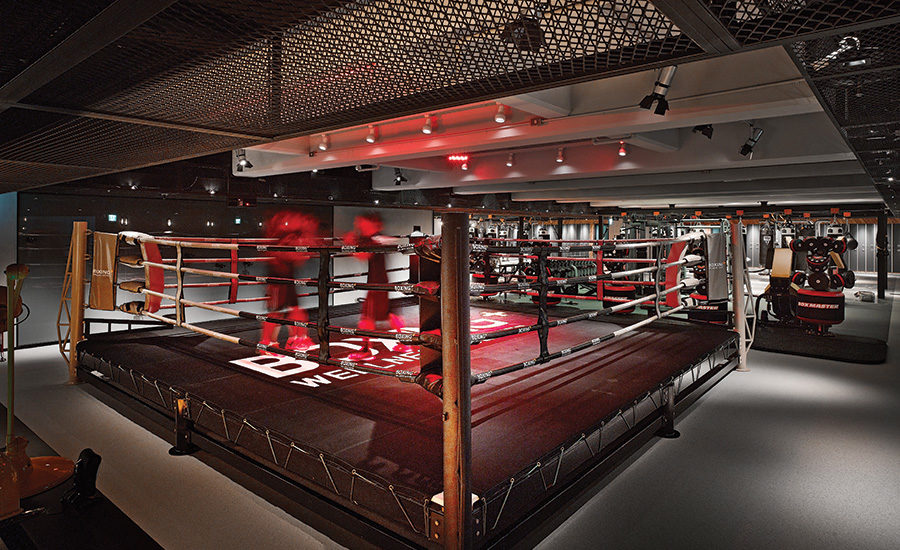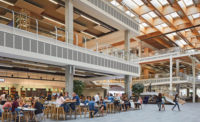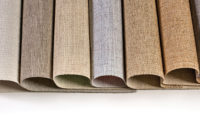True to its name, Boxing Plus in Taipei, Taiwan, offers many ways to get fit. That range led local consultants Chubic Lighting Design to use luminaires in two ways in the 6,050-square-foot gym: to delineate its areas and support its members with functional and inspiring illumination.
Chubic chose Philips’s fluorescent T5 lights for the main workout areas. In places with low ceilings, the team paired Soraa’s PAR30 LEDs with the company’s Snap system, as the added optical lens diffuses, redistributes, and softens the light. “This is important to minimize glare for floor-based exercises when guests are looking directly upward,” says Chubic head designer Jimmy Chu. The lamp’s high 80 to 95 CRI also provides more realistic color compared to conventional LEDs, a distinction critical to creating lighting contrasts that are easier on eyes.
The team lit specific machines and workout equipment with high-contrast MR16 Soraa lamps and visually indicated resting areas with Philips’s 2700K LED wall-mounts, which create a “calm ambience,” according to Chu.
Fittingly, the boxing ring has the most dramatic illumination, with floodlights changing from purple to red to blue during—respectively—the warm-up, sparring, and cool-down periods. The overall effect is upbeat and theatrical—and has even prompted Vogue, GQ, and Elle to hold photo shoots in the space.
Leading the Way


Architects NBBJ used illuminated panels to guide visitors through—and bring light into—stairways and corridors at the Building for Transformative Medicine at Boston’s Brigham and Women’s Hospital.
Photos courtesy NBBJ/Sean Airhart
Like many healing spaces, the Building for Transformative Medicine at Boston’s Brigham and Women’s Hospital is flooded with sunlight, which has been found to speed patient recovery. But architects NBBJ also utilized illumination as a way- finding device in the 620,000-square-foot facility.
“It’s a very large floor plate, so deep inside the building we used backlit graphic panels to bring patients back to a central corridor,” says NBBJ’s Katy Flammia, lead interior designer on the LEED Gold–certified project. In the hallways, custom VividGlass panels from Forms+Surfaces double as architectural artwork, with large-scale colorized photos of neurons and bone structures. In some areas lacking natural light, NBBJ also installed illuminated landscape designs from Forms+Surfaces and New York–based fabricator Novo Arts. The effect, says Flammia, is to create windowlike elements that brighten the space. —AVH




